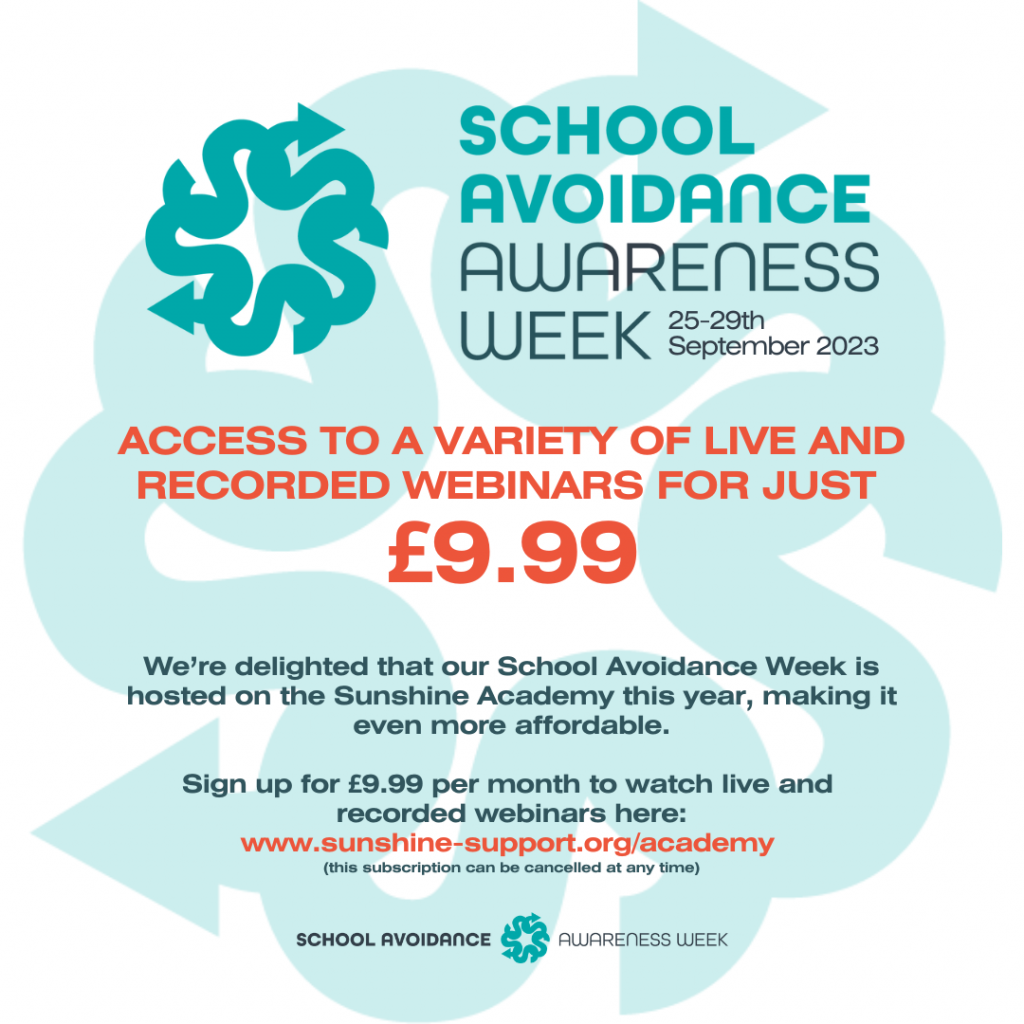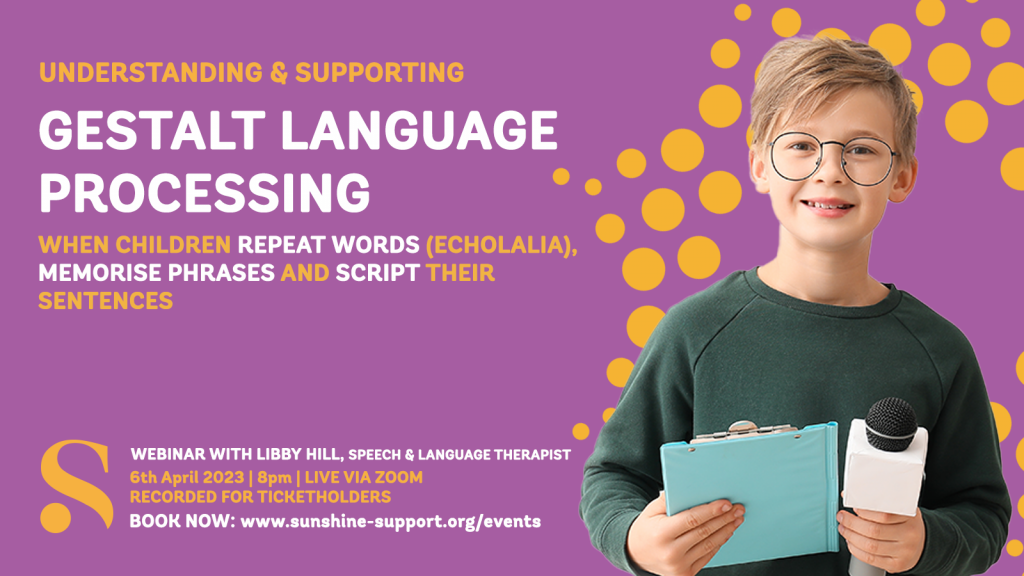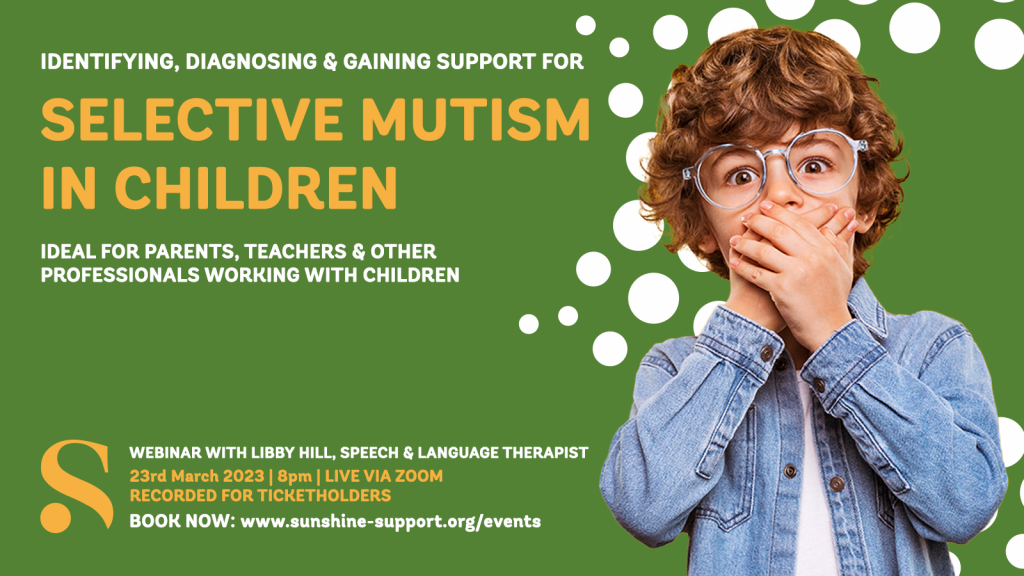Autism or the Effects of COVID? How we are misunderstanding the impact of the pandemic on our younger children.

We are seeing more enquiries about suspected Autism in young children than ever before. Could it be that we are understanding the presentation better or are we underestimating the effect of the pandemic on our children?
It’s February 2022, we have been living in ‘unprecedented times’ for almost 2 years now, which is almost making a mockery of that phrase entirely.
But as we approach our third year of the COVID pandemic, we are seeing more referrals and enquiries for Autism diagnostic assessments in children below the age of 5 than ever before and reviewing a number of the cases we ask is this because we understand the early signs of Autism more than ever before or has the pandemic affected our children so much that we are misunderstanding what they’re presenting with?
The Signs being Presented
Looking at a variety of enquiries we can see the types of concerns parents have about their children that have led them to contact us include the following:
- Social anxiety
- Lack of eye contact
- Interest in toys/objects and not people
- Language delay
- Social difficulties
- Difficulty initiating conversations
- Extreme shyness
- Lack of confidence
- Sensory sensitivities
- Word finding difficulties
- Increased meltdowns and frustrations
- Low tolerance to the environment outside
- Being more content at home and reluctant to leave the house
- Demand avoidance
- Building positive relationships with others
- Separation anxiety
- Delay in independence skills
- The need for routine and repetition
- Delayed play skills
- Rigid and repetitive play
Could it be Autism?
When assessing for Autism we would expect clinicians to use diagnostic tools such as ADOS/ADOS2 or DISCO, but in order to meet the criteria for assessment initially we would be looking for…
Social interaction and communication difficulties (ages 0 – 5) such as:
- Delay in language development
- Lack of eye contact/gaze
- Lack of response to name despite normal hearing
- Lack of imagining and variety of pretend play
- Lack of initiation of social play with others
- Limited responsiveness to other people’s facial expression or feelings
- Abnormal-sounding vocalisations (odd or flat intonation)
- ‘Echolalia’, frequently repetition of set words or phrases
Repetitive/rigid behaviours (ages 0 – 5) such as:
- Either over or under reactivity to sensory stimuli such as textures, sounds, smells
- Over-focused and/or unusual interests
- Highly repetitive and/or stereotyped play
- Extremes of emotional reactivity to change and/or new situations
- Excessive reaction to certain properties of food and/or extreme food fads
So the signs that are being presented to us could absolutely indicate that the child may have neurodevelopmental differences, and in fact maybe Autistic.
However, it could also be a whole host of other things too.
Other reasons for these presentations
Developmental difficulties, such as those listed above, in early years (0-5) could be present for a variety of reasons – particularly in these current times that we live in.
By the age of 5 we would normally expect children to develop a number of key skills across the prime areas of the EYFS. This would include:
- Collaborating with peers for shared play experiences.
- Seeking the company of others and enjoying reciprocal experiences.
- Sharing their thoughts and ideas with familiar adults.
- Talking about what they are doing and why.
- Their play would have a simple narrative – for example making dinner in the home corner or taking their baby to the shop.
- Listening to a short story, talking about the pictures in the book.
- They should be able to sit for a motivating adult led carpet time for five minutes.
But that’s not been the case over the last 2 years. So, let’s explore the impact on children under the age of 5…
The pandemic has reduced:
- our children’s ability to socialise as they would have pre-pandemic.
- their access to learning and expert intervention with their learning – both physical and mental development.
- their access to extra-curricular groups and classes – never underestimate the power of the baby sensory group (for both parent and child) or the toddler music time group. All vital ways to develop a child’s sensory systems and attachment with the care-giver
- the opportunity of safe and secure connections with those who aren’t the main care-giver; namely teachers, nursery staff, family members and friends.
- the child’s exposure to attachment
- the size of the child’s world – think about it. Before they could go anywhere and everywhere; exploring new locations, new foods, new temperatures, new textures, new sounds and music, new smells. Their sensory system is out of practice and lacking in resilience.
- opportunities prioritising cultural capital opportunities can impact on learning about how the world works
- their ability to understand and regulate their emotions
- skills such as sharing – these important skills may have been delayed or missed so opportunities to understand how to regulate and understand reasoning and the emotions they bring may have not been learnt as they would have before
Other consequences of the pandemic:
- Many children have missed out on their 2 year check and as a result have not been referred to low level intervention groups for early support.
- Many children have been at home due to nurseries closing during the pandemic with no access to home learning. As a result some children have missed out on adult interaction while parents manage the demands of parenting and home learning.
- Due to demand and staff shortages, many services such as SALT (speech and language therapy) prioritised school aged children.
- Many independent nurseries closed in the first lockdown and as a result, EY children had no access to EY provision from March to September 2020.
- With settings closing, the children of key-workers were forced to move settings which led to disruption.
- Much early support was forced to move from face-to-face to virtual. Our younger children were unable to engage with professionals in this format.
- EY support staff within the LA may have been redirected from their normal day to day support roles to covid response teams meaning that
children with low level and emerging needs were not a priority.
They are appearing much more ‘out of practice’ than their older siblings were at their age, simply because they are!
And so we need to move the benchmark for children in early years, as their learning and development opportunities have been far less than that of children just a few years older than them because the pandemic has taken control of that.
We could also be noticing other presentations and mistaking them for Autism, again all presentations can be heightened due to the conditions in which we have been living for several years.
Other presentations/conditions could include:
· ADHD (Attention Deficit Hyperactivity Disorder) – this condition comes in three different types, Hyperactive-type, Inattentive-type, Combined-type. Children typically struggle with maintaining focus on a set task, executive functioning, organisation, emotional regulation, and experience social anxiety. Boys are up to 4 times more likely to be diagnosed than girls as typically they present differently. – Read more about ADHD in girls here.
· DLD (Developmental Language Disorder) – Children typically have social anxieties, word finding difficulties, expressive AND receptive communication difficulties, auditory processing difficulties with DLD and it’s the most common learning difficulty (and is more common than Autism). It often gets missed as it’s so unknown by the wider public. – Read more about DLD here.
· SPD (Sensory Processing Difficulties) – this is not exclusive to Autism or ADHD, it can appear on it’s own or as a co-occurring presentation with something else
· Trauma from the pandemic – it doesn’t have to be a malicious act or one-off catastrophic event for something to affect a child or adult. Experiences affect us differently, and trauma can absolutely cause a lot of the challenges we see above.
· Dyslexia, Dysgraphia, Dyscalculia or Dyspraxia – these specific learning difficulties will become more apparent when a child is in the classroom and expected to learn in the same way as the ‘majority’. They may have almost hidden themselves away until the child is in classroom scenario.
· Selective mutism – this is an anxiety disorder and despite its name children and adults do not ‘choose’ to become mute. It’s very much out of their control and is determined by their levels of anxiety. Children will have ‘safe’ people that they can communicate with but may struggle to communicate with other people, even themselves in certain environments. It’s very much a situational mutism, rather than selective or (worse still) elective.
· Attachment difficulties – These tend to occur when a child is unable to consistently connect with their primary care giver. This can present itself in a total disconnect where a child doesn’t seem have the need to connect with anyone, or leads to intense emotional reaction when separated from a specific person or people.
No matter the diagnosis, it sounds like your child needs some support…
It’s impossible to diagnose just from reading a blog like this. There are so many cross overs, and what we see as parents is absolutely vital to reaching a conclusional diagnosis/diagnoses for our children. But, despite our anecdotal input being vital, it is just one part of the larger picture of the diagnostic assessment.
There are specific diagnostic tools to help understand your child, regardless of their ability to mask or if they present differently in different situations, and it’s essential that clinicians who are undertaking the work understand that wider picture (as described above) and the impact on the child.
It’s also essential to not seek the diagnosis just for the ‘label’, after all a diagnosis is only meaningful if we:
a) Know what it is and have knowledge of how it affects our child in order to help them develop their identity
b) Have a sound understanding of how we can effectively help our child (including implementing support in school AND at home)
If you have any concerns about your child’s development, never delay in seeking advice or help. The longer children are left misunderstood the longer they’re left without the support they need to develop and flourish. If left without the support, it also means they are at a higher risk of experiencing trauma and things may become even more tricky for them.
Request a call with our team, let’s have a chat about your concerns and discuss a clear way forward in providing your child with the help and support they need.







